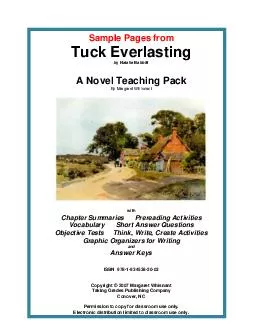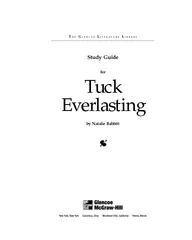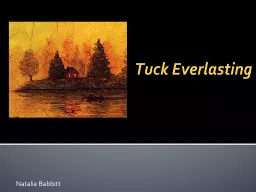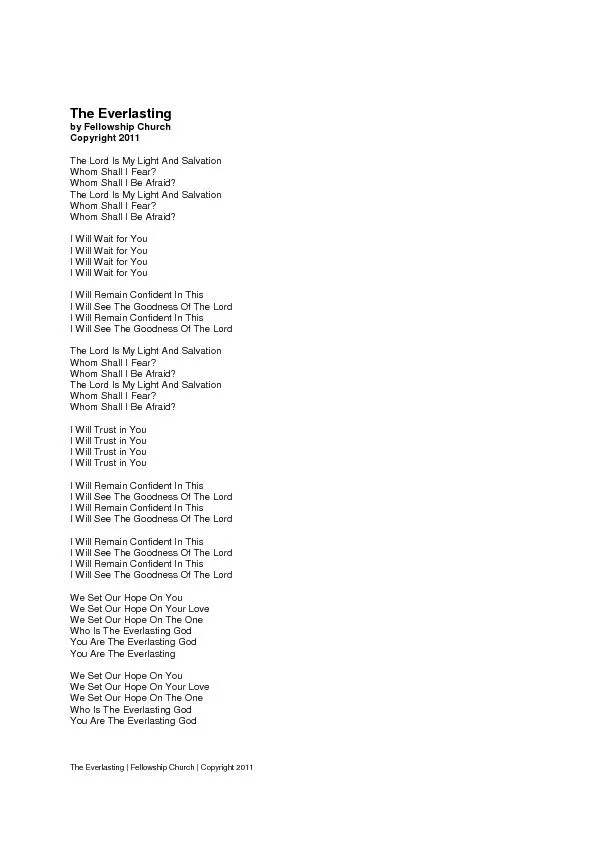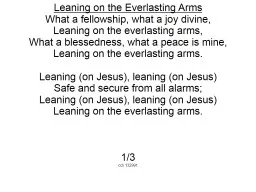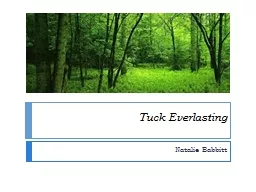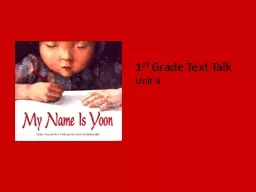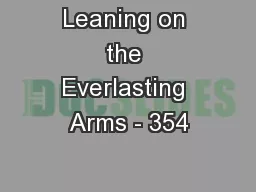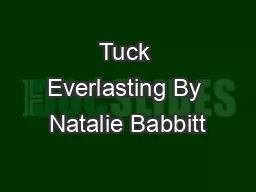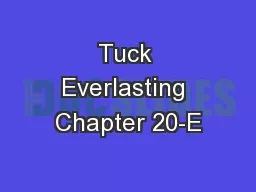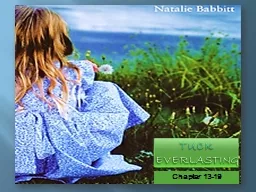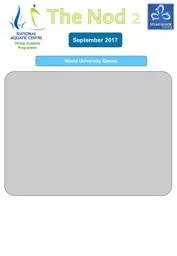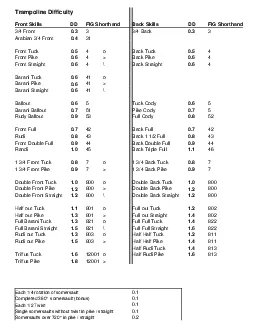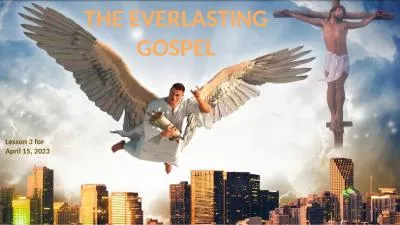PDF-Sample Pages from tuck everlasting
Author : debby-jeon | Published Date : 2017-03-23
Tuck Everlasting by Natalie Babbitt A Novel Teaching Pack By Margaret Whisnant with Chapter Summaries Prereading Act ivities Vocabulary Short Answer Questions Objective
Presentation Embed Code
Download Presentation
Download Presentation The PPT/PDF document "Sample Pages from tuck everlasting" is the property of its rightful owner. Permission is granted to download and print the materials on this website for personal, non-commercial use only, and to display it on your personal computer provided you do not modify the materials and that you retain all copyright notices contained in the materials. By downloading content from our website, you accept the terms of this agreement.
Sample Pages from tuck everlasting: Transcript
Download Rules Of Document
"Sample Pages from tuck everlasting"The content belongs to its owner. You may download and print it for personal use, without modification, and keep all copyright notices. By downloading, you agree to these terms.
Related Documents

